|

By Ian Cushway, 03rd July 2020
E10 petrol – what you need to know
Should we be worried about the threat it poses to our classics?
In a quest to become more 'green' and reduce carbon dioxide, plans are afoot to replace unleaded petrol with a 'cleaner' brew containing a higher concentration of the biofuel, ethanol. At present, unleaded contains up to 5% of ethanol (E5) but, as its name would suggest, E10 contains roughly twice that amount.
E10 is already widely available in continental Europe, and recent consultations suggest that it could become the standard grade of petrol here too in 2021. The government says its introduction could see emissions reductions equivalent to taking 350,000 cars off the road each year.
So why the hoo-ha? Well, the thing is ethanol isn't all that good for classic cars. And actually, it's not brilliant for use in some newer cars, either – which explains the wave of anxiety that's sweeping through motoring organisations and concerned owners alike as they weigh up the options and await the inevitable disappearance of E5 unleaded from our filling stations.
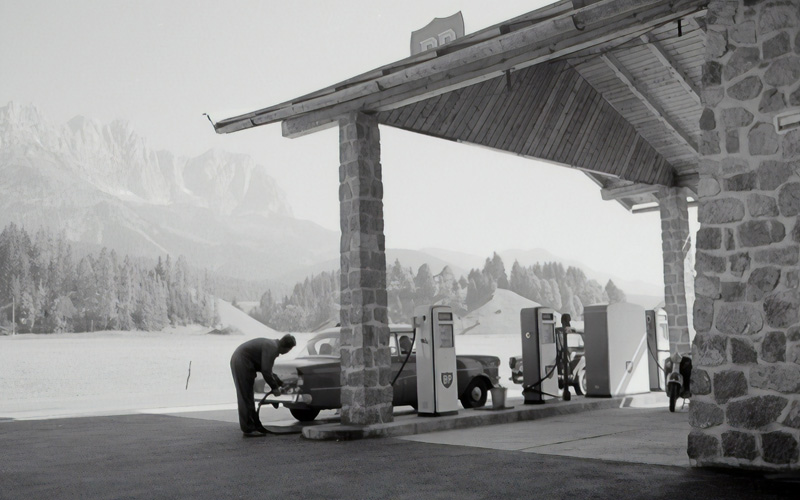
Photo credit: Unsplash
What's the damage?
While E5 unleaded can be used in any petrol-engined car without issue, with E10 it's a little more complicated. Ethanol absorbs water and this can lead to condensation which can create havoc in the fuel system, corroding fuel tanks, fuel lines, fuel pumps and carburettors. It's also a solvent, so can eat its way through gaskets, rubber seals, plastics and perish hoses – as well as causing blockages as particles in the fuel system on older cars become dislodged. It also contains sulphates and copper that can further promote the formation of deposits which can clog fuel injection systems.
Moreover, research based on the North American market where E10 is highly prevalent has found that increased levels of oxygen in E10 causes fuel to age more quickly, which can lead to damaging deposits forming post combustion which can in turn result in higher exhaust emissions, catalytic converter damage, sticking inlet valves, and restrictions in the exhaust gas recirculation (EGR) and intake systems. Oh, and a fuel that goes stale quicker isn't ideal for cars in storage or that rarely get driven.
Oil no!
A higher-ethanol content fuel can also, it's been reported, have an effect on a car's oil, causing it to deteriorate more rapidly and reducing its viscosity. While modern lubricants are formulated to cope with this, more traditional blends will be more vulnerable. And obviously using a thinner viscosity oil than recommended isn't an option on a classic. Neither would using a more modern grade.
Before we get too carried away, it's worth stating that there's no evidence to suggest that E10 harms engines directly. But given the fact that E10 doesn't allow the engine's various fuelling, combustion and lubrication systems to work as efficiently doesn't bode well. And because this could result in premature engine and component wear, higher fuel consumption and increased emissions, is it worth taking the risk?
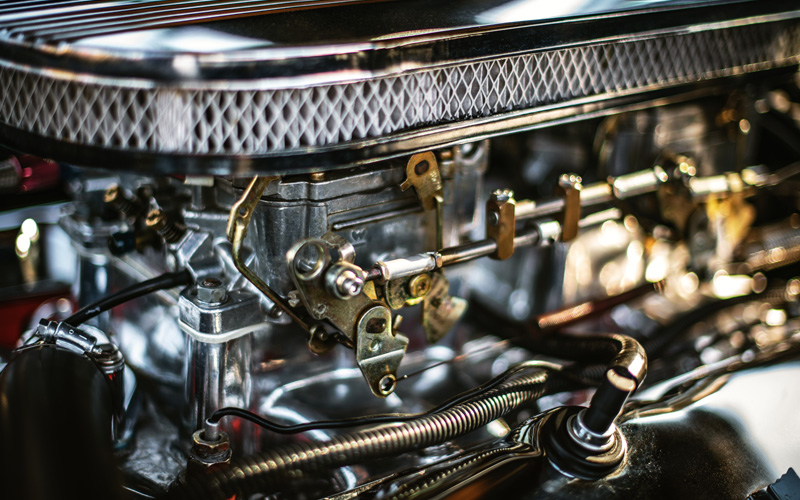
Photo credit: Unsplash
Will your car comply?
Broadly speaking it seems that according to manufacturer specifications most cars made after 2000 will be okay to use E10. Cars made significantly prior to this almost certainly won't be. For Jaguar owners, E10 is cleared for use in all petrol-engined models from MY1992, although for Mazda only cars from 2002 should use E10. For more information here's a full list of E10 compatible vehicles.
How long have we got?
There has been an element of public consultation and the Federation of British Historic Vehicle Clubs have been vociferous in making the fears of classic car movement known. And the government has listened to an extent. So, while it's likely that E10 will be rolled out next year, the Department of Transport (DoT) has pledged to retain the current E5 95-octane unleaded as a 'protection grade'. But for how long is unclear; although at least five years has been mooted.
But here's the rub. The government has recently confirmed that once E10 has been introduced, E5 will only be available in the more expensive, super unleaded (97+ RON) grade. This means that those running an older car or more modern 'future classic' as a daily driver will soon notice it in the pocket.
Pull out a chair
Some owners will have already made modifications to make their classics more ethanol compatible, such as fitting uprated fuel hoses and replacing their steel fuel tanks with aluminium ones where available. And indeed this all helps, but it's not always possible to go the whole hog and protect every component, and it can be a costly exercise.
A short-term solution (while it's still available, at least) is to pay the extra 10-15p per litre for the super-unleaded E5 when E10 arrives. Failing that, it will be a case of using E10 if no alternative exists and carrying out a number of precautions, including regular engine flushes, more frequent oil changes, cutting down on harmful shorter trips (where the engine works less efficiently) and keeping a close eye on your filters, seals and other fuel system components. Another option – and something that will allow you to use E10 – is to use a fuel additive and we strongly recommend using Dynolite Oils & Lubricants. The Dynolite range includes fuel treatments, oils and lubricants specifically created for classic vehicles.
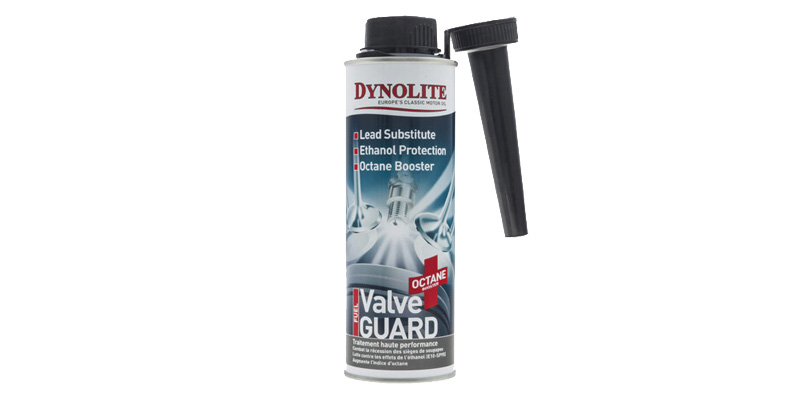
Photo credit: Moss Europe Ltd
Dynolite Valve Guard Lead Substitute & Octane Booster three in one formula combines an efficient octane booster with ethanol corrosion protection and a lead substitute. The octane booster is designed to enhance the combustion of the fuel and combat pre-ignition (often called pinking or knocking) particularly in engines where high octane (5 star) fuel was originally specified. The ethanol corrosion protection combats the harmful effects of ethanol fuels (E10). The lead substitute provides valve seats with protection against wear & recession. One bottle treats up to 40L.
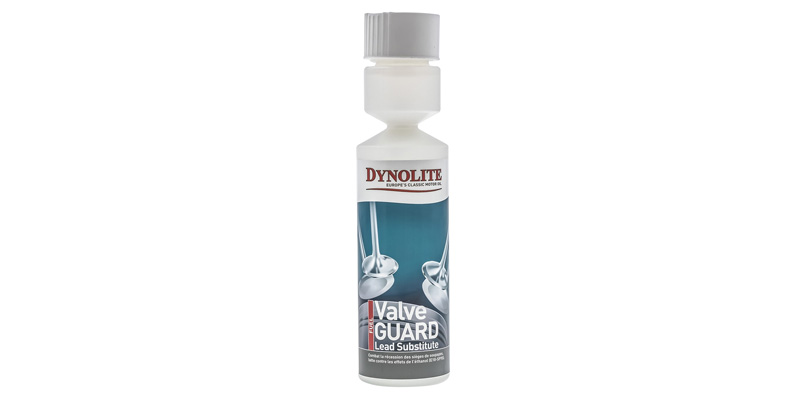
Photo credit: Moss Europe Ltd
Dynolite Valve Guard Lead Substitute is a lead replacement fuel additive specially formulated to protect against valve seat recession under all driving conditions whilst keeping the fuel system clean and protected against corrosion. One bottle treats up to 250L.
We stock a full range of Dynolite Oils & Lubricants, high performance lubricants & additives specifically created for classic, vintage & veteran vehicles.
We all want a cleaner future, and as long as there's a way we can still use our cherished older cars – the continued preservation of which makes environmental sense in any case – everyone will be happy.

Keep up with all the latest from Moss on our social pages
|
|






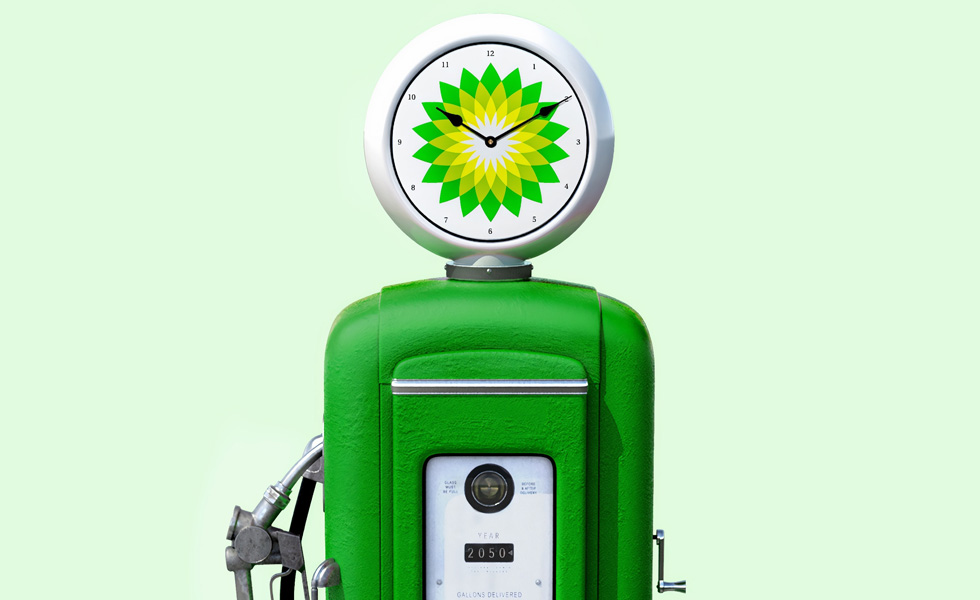





